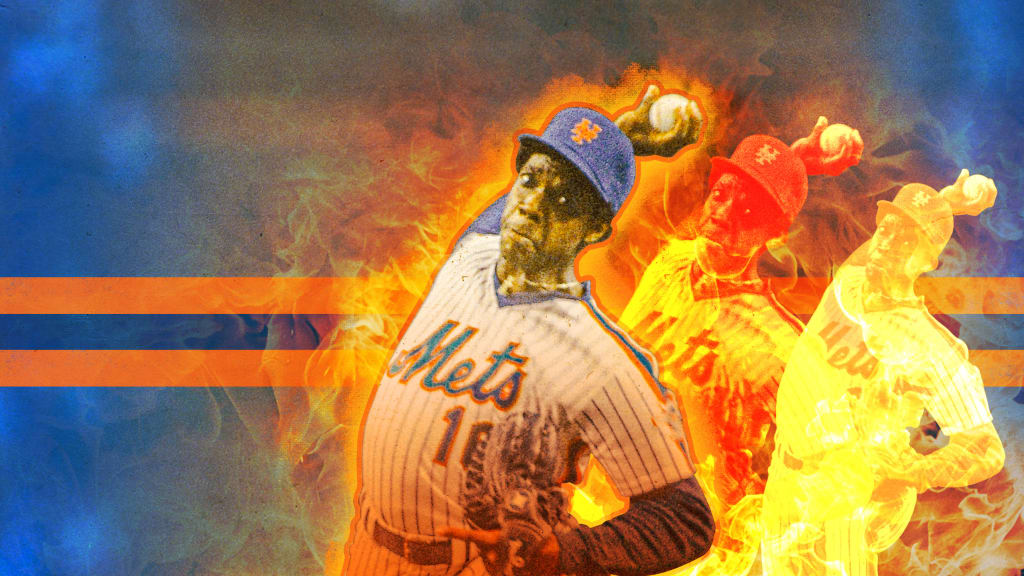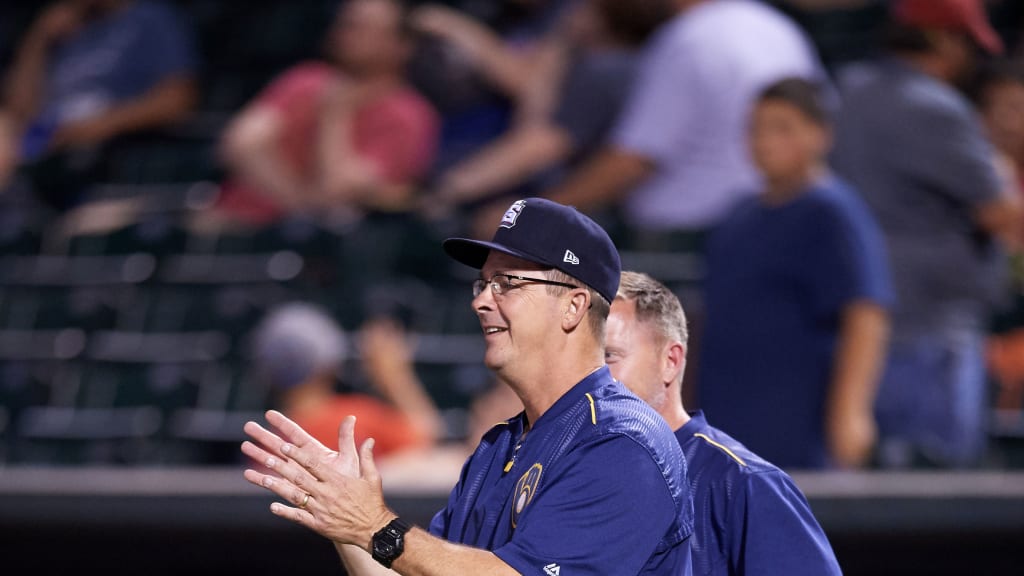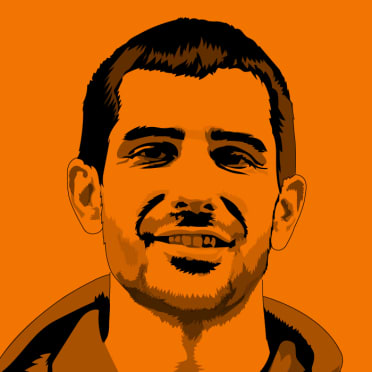
When ESPN aired its 30 for 30 Documentary “Once Upon a Time in Queens” in September 2021, MLB.com published this look-back at the rise of Dwight Gooden for the 1983 Class A Lynchburg Mets. It's renowned as one of the greatest Minor League seasons ever, and three years later he'd be pitching the big league club to its second World Series title.
"You're giving me the heebie-jeebies," former Minor Leaguer Al LeBoeuf shuddered over the phone.
That's all it took. Just hearing the words: "Doc Gooden's 1983 season." And looking at his numbers that year -- it's hardly the wrong reaction.
Dwight Gooden made himself a legend for arguably the greatest first two seasons in MLB history, beginning with an AL/NL rookie record 276 strikeouts (and NL Rookie of the Year trophy) in 1984 and following it up by going 24-4 with a 1.53 ERA (while winning the NL Cy Young Award) in 1985. But it was the year before he even made his debut when the baseball world found out just exactly what Gooden was capable of, and where the legend of Doctor K was truly born.
Gooden on the 1983 Class A Lynchburg Mets was nearly untouchable. He had reached a whole other level of pitching, before he had even reached the Majors. Before he had even gotten out of his teenage years.
The 18-year-old went 19-4 with a 2.50 ERA. He struck out 300 batters in just 191 innings -- good for a mind-blowing rate of 14 strikeouts per nine innings. He threw 10 complete games, including six shutouts. He won pitching's Triple Crown, leading the Carolina League in wins, strikeouts and ERA.
Gooden, a 1982 first-round Draft pick, had looked good enough at the rookie level the year before -- posting 84 strikeouts and a 2.75 ERA over 11 starts. At just 17 years old.
So, he was promoted to Lynchburg in '83 and became part of a Minor League dream team that went a ridiculous 96-43.
A 20-year-old Lenny Dykstra slashed at an obscene .358/.472/.503 rate with 105 steals. Infielder Dave Cochrane hit 25 homers with 102 RBIs. Randy Milligan had 41 steals and a .430 OBP. Future big leaguer Jay Tibbs contributed 14 wins and a 2.92 ERA.
"The A Mets were loaded with talent," catcher Greg Olson, who caught many of Doc's games that season, told me. "It was unbelievable."
And Gooden was the team's shooting star.
"Here comes this 18-year-old, lanky, first-round pick who just had that extra electric fastball that you don't see in A-ball," Olson said. "You just don't. His tall stature on the mound and his control of the strike zone was something you don't see with 20, 21, 22-year-old A-ball players."
Gooden's phenomenal season didn't start off so phenomenally, though: He went 3-3 through his first six starts and management feared they had promoted him too soon. And then, after a Lynchburg loss during a game at Shea Stadium (in which he struck out 13 batters), Gooden apparently told Mets scouting director Jim McIlvaine: "That's going to be the last game I lose this year."
And "Dr. D," as he was known back then, rattled off 15 straight victories.
He K'd 15 against Winston-Salem, set down 10 in a rain-shortened win over Durham and had perhaps his best game on Aug. 12 against Peninsula. He came within one out of a no-hitter, striking out 15. LeBoeuf, an infielder back then and now a Brewers Triple-A hitting coach, was the one who broke it up. He remembered Doc as a cordial, friendly guy off the mound, but totally tuned in to beating you while on it. He also remembered the near no-no day well.
"Tony Taylor was our manager," LeBoeuf said. "And Tony Taylor was unbelievable in picking up tendencies on pitchers when they threw different pitches. After the first inning, we knew everything that was coming. Even though we knew everything that was coming, that stuff was still pretty electric."

LeBoeuf knew a curveball was coming in that final at-bat, but still only managed a "56-hopper up the middle."
"It was basically survival," LeBoeuf recalled about he and his teammates trying to make contact that night.
After his hit, Taylor gave LeBoeuf a $20 bill and said he had just broken up a no-no against a pitcher that would win the Cy Young some day. Doc would, of course, win the NL Cy Young two years later in 1985.
"The one thing that stood out for me with Doc was that when a guy throws a fastball, you can kind of hear it coming, it goes, "phhhht," LeBeouf said. "But when he threw a breaking ball, you could hear it spinning. I never heard that before."
Gooden continued to baffle hitters into the latter part of the summer, piling up double-digit strikeouts in every game. LeBeouf said he struck out 17 in a second matchup against Peninsula. He K'd 10 more at Alexandria. Lynchburg Mets fielders were even talking about not needing their gloves at different points in the season.
"His fastball was just far and away the best in the league," Olson remembered. "He could command [his breaking ball] and throw it on different counts -- where other pitchers were just throwing their fastball.
Being a catcher, Olson could also gauge reactions from opposing hitters stepping into the box against the teenage phenom.
"Opposing players, they just don't see that at that level," Olson said. "Here's this tall, lanky, long-armed guy throwing absolute pills at you. There were guys coming up and saying, 'I haven't got a hit against this guy all year,' or 'I don't know how to hit this guy,' or 'I'm gonna bunt.' I think that's the one phrase I got the most: 'I might as well bunt.'"
In what would end up being his final start for Lynchburg on Sept. 1 against Hagerstown, Doc set down 14 to get to an even 300 -- a Carolina League record that still stands today. Right after the game, he was called up to Triple-A Tidewater for their postseason. He pitched two games, including the decisive victory to give the Tides the International League title. Tides manager Davey Johnson called him "the best pitching prospect I've ever seen."
The still-teenage Gooden was in the Mets' starting rotation in '84 and the rest is history. He was on top of the baseball world in the sport's biggest market. It all culminated in 1986, when he helped bring home a World Series to Queens with a dominant 17-6 record, 2.84 ERA and 200 whiffs.
Seventeen players from that '83 Lynchburg team would eventually make an appearance in the Majors, with Gooden being the most talented. His 300 Ks are second to Nolan Ryan's Minor League record of 307 in 1966 (Ryan pitched in 11 more innings, for two teams in the Mets organization, than Doc). He was one victory away from what would've been a Carolina League record of 16 straight wins. He was named Minor League Player of the Year -- rare for someone who spent the majority of the season in Class A. But being an ultra competitor on the mound, even after all that success, there was one thing that seemed to still bother Doc years after that magical '83 campaign: The lost no-hitter.
"I did actually mention it to him later on," LeBeouf laughed. "I said, 'Yeah, I was the one that crushed the base hit off you to break up your no-hitter.' He said, 'No you didn't, it was an 80-hopper up the middle.' It's amazing how they don't forget those kinds of things."
